When it comes to enjoying the freedom of travel trailers, ensuring proper maintenance and sanitation is paramount. A crucial aspect of this upkeep lies in effectively dumping holding tanks. This guide unpacks everything you need to know about proper dumping techniques, essential equipment, potential pitfalls, and tips for a seamless experience.
Understanding Holding Tanks and Their Importance
Before diving into the process, let’s clarify what holding tanks are. Travel trailers are equipped with two primary holding tanks: the gray water tank, which collects wastewater from showers, sinks, and other daily activities, and the black water tank, which stores sewage from the toilet. Regularly dumping these tanks is essential for hygiene and the overall performance of your trailer.
Why is This Important?
- Health and Hygiene: Neglecting to dump tanks can lead to foul odors, unsanitary conditions, and in severe cases, health hazards.
- Equipment Longevity: Regular maintenance helps prevent the buildup of deposits and clogs, ensuring your plumbing systems operate efficiently.
- Regulatory Compliance: In many areas, improper waste disposal can lead to hefty fines. Understanding local regulations is key.
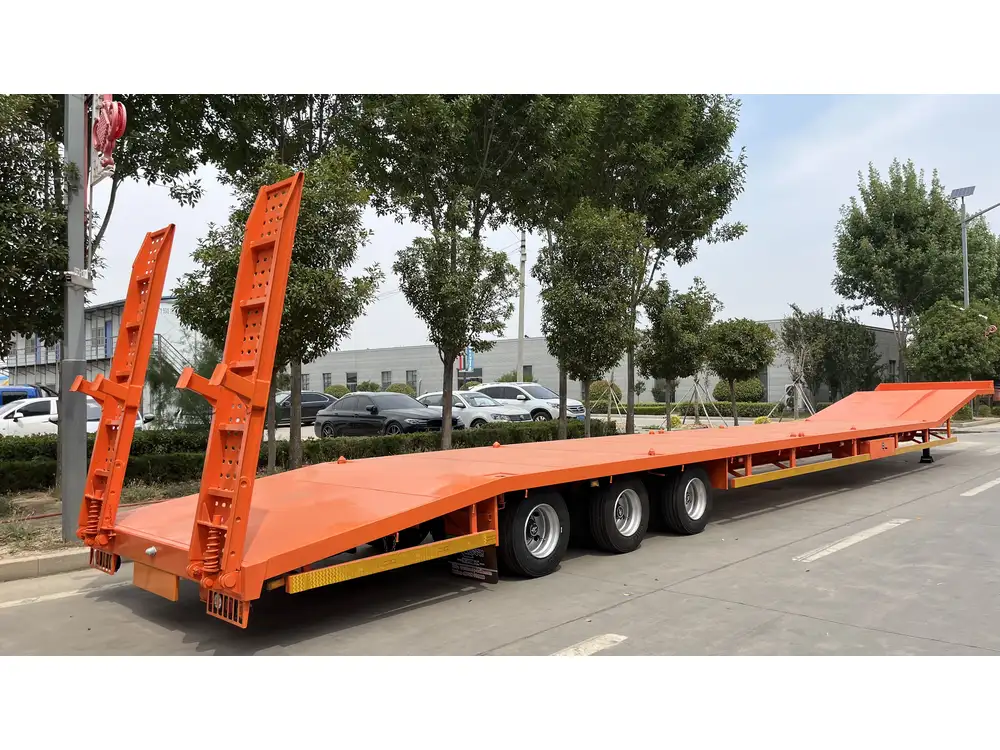
Preparing for the Dumping Process
Dumping holding tanks might seem intimidating to newcomers. However, proper preparation can make the process smooth and hassle-free. Here’s a checklist to ensure you’re ready:
Required Equipment:
| Item | Purpose |
|---|---|
| Waste Hose | To transfer waste from the trailer to the dump station. |
| Hose Adapters | Helps secure the hose to the dump station. |
| Disposable Gloves | Prevents contact with waste. |
| Face Mask | Protects against unpleasant odors. |
| Rinsing Tank | For cleaning the hose after dumping. |
| Sealable Waste Bags | For transporting solid waste if needed. |
| Water Hose | To rinse and clean your tanks afterward. |
Choosing a Dumping Location
Select a suitable location for dumping your tanks. Most campgrounds and RV parks offer designated dump stations equipped with necessary facilities. Some key factors to consider:
- Accessibility: Ensure the station is easy to reach without obstacles.
- Cleanliness: Check if the station is well-maintained.
- Water Source: Having a nearby water source simplifies the cleaning process.
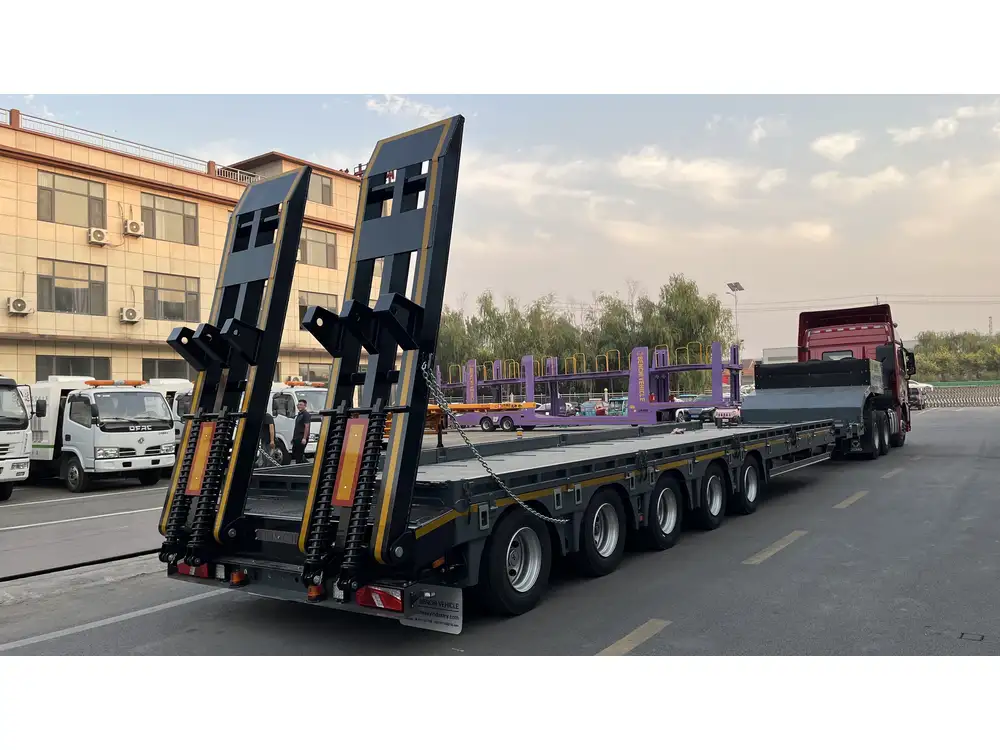
Step-by-Step Guide to Dumping Holding Tanks
1. Positioning Your Travel Trailer
- Align Your Trailer: Back your trailer into position so that the outlet is close to the dump station sewer inlet.
- Parking: Ensure your trailer is stable and level to prevent residual waste from pooling in the tanks.
2. Preparing the Hose
- Attach the Waste Hose: Securely connect one end of the waste hose to the trailer’s dump valve and the other end to the dump station. Use hose adapters if necessary.
- Open the Black Water Valve First: This allows solid waste to flow out freely before moving on to the gray water tank.
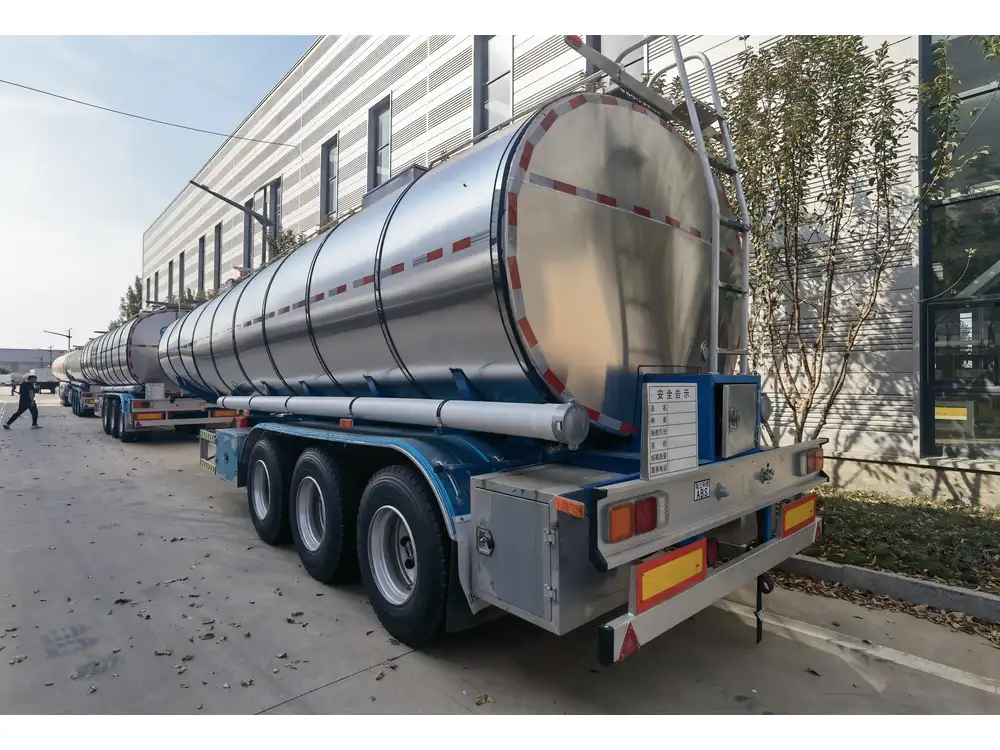
Why Follow This Order?
Dumping the black water tank first reduces odors and keeps the gray water’s cleaner waste water flowing through, acting as a rinse for your waste hose.
3. Dumping Process
- Open the Valves: Gradually pull the black water valve lever to start the dumping process. Listen for the “glug” sound that indicates waste is flowing out.
- Watch the Level: Monitor the flow to prevent any overflow. Allow the tank to empty completely before closing the valve.
- Rinse the Black Water Tank (Optional): Consider using a tank rinser to flush any residues. This can be helpful, especially after long trips or periods of heavy use.
4. Dumping the Gray Water Tank
- Switch Valves: Close the black tank valve, then open the gray tank valve. This will rinse the waste hose with cleaner water, minimizing odors.
- Monitor Output: As with the black water, listen for the flow and check the level.
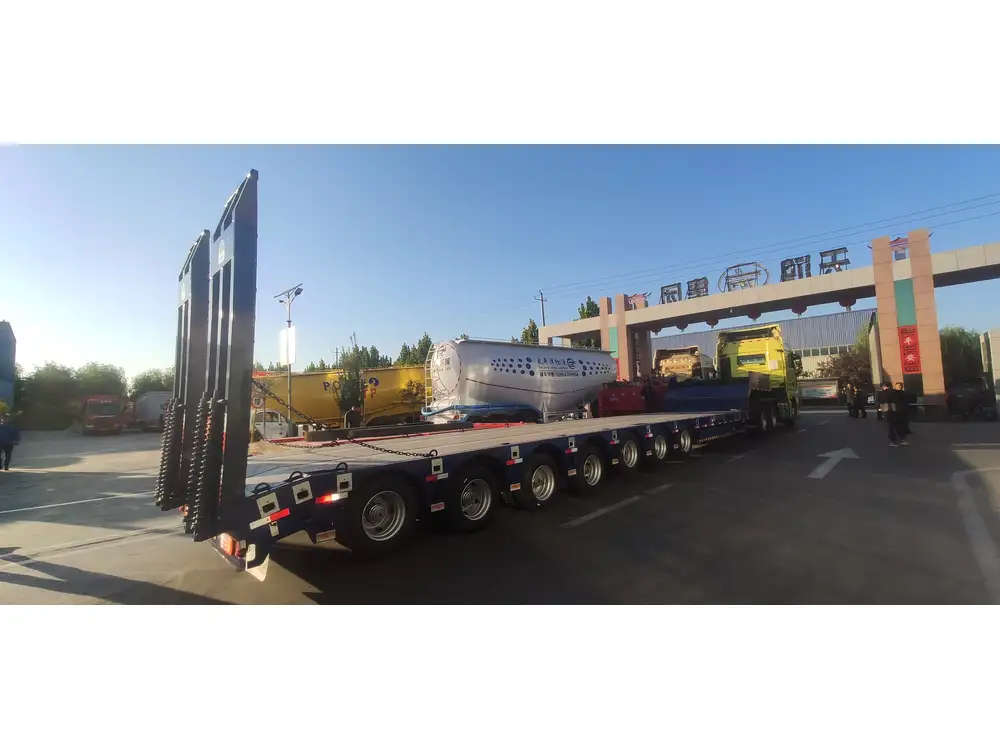
5. Cleaning and Sanitizing
- Remove the Waste Hose: Once both tanks are emptied, carefully detach the waste hose from the trailer and the dump station.
- Rinse the Hose: Use a rinse hose or a nearby water source to clean the waste hose thoroughly, ensuring no residues are left.
- Store Properly: Store the waste hose in a designated compartment that is not accessible to your fresh water supply.
Common Mistakes to Avoid When Dumping Holding Tanks
1. Forgetting to Wear Protective Gear
- Always wear gloves and consider a mask to avoid unpleasant odors and maintain hygiene.
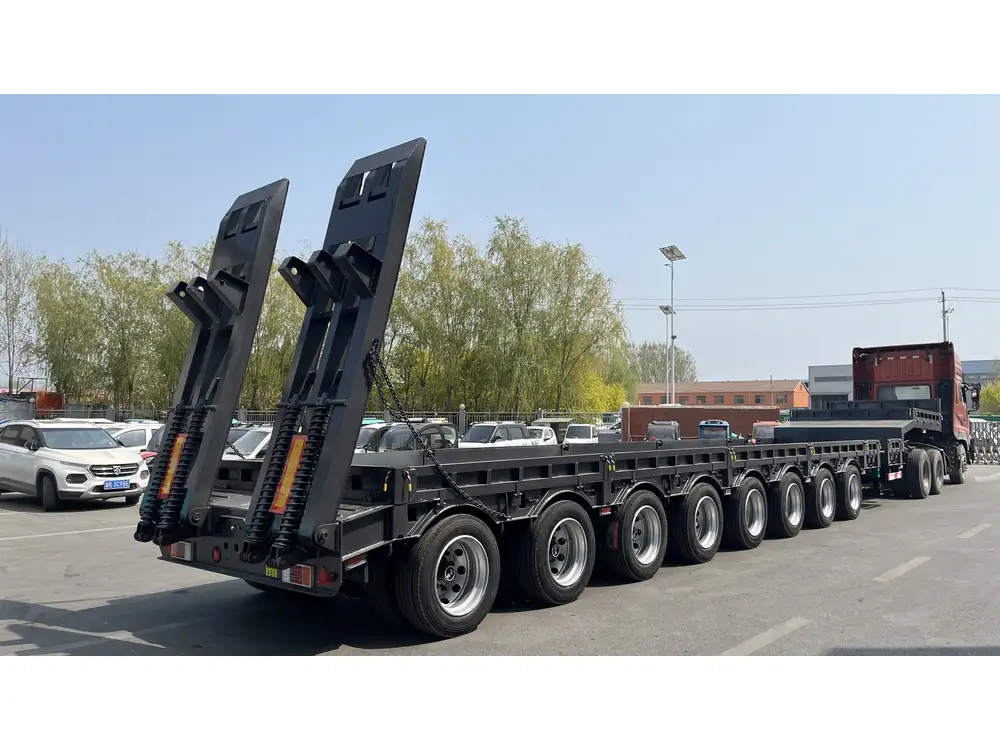
2. Not Using the Right Equipment
- Make sure you’re equipped with suitable hoses and adapters to avoid leaks or blockages.
3. Skipping the Rinse Step
- Neglecting the rinse can lead to bacteria buildup and unpleasant odors in your holding tanks over time.
Tips for Efficient Tank Maintenance

Routine Schedule
- Frequent Checks: Regularly check the levels of your holding tanks, especially during extended trips.
- Dump When Needed: Don’t wait for tanks to fill completely; it’s easier to dump regularly.
Use Additives Wisely
- Consider using holding tank additives to help break down waste and reduce odors. Always select products that are eco-friendly and safe for your specific tank type.
Knowledge of Local Regulations
- Research local rules regarding dump station usage and waste disposal practices to avoid potential fines.
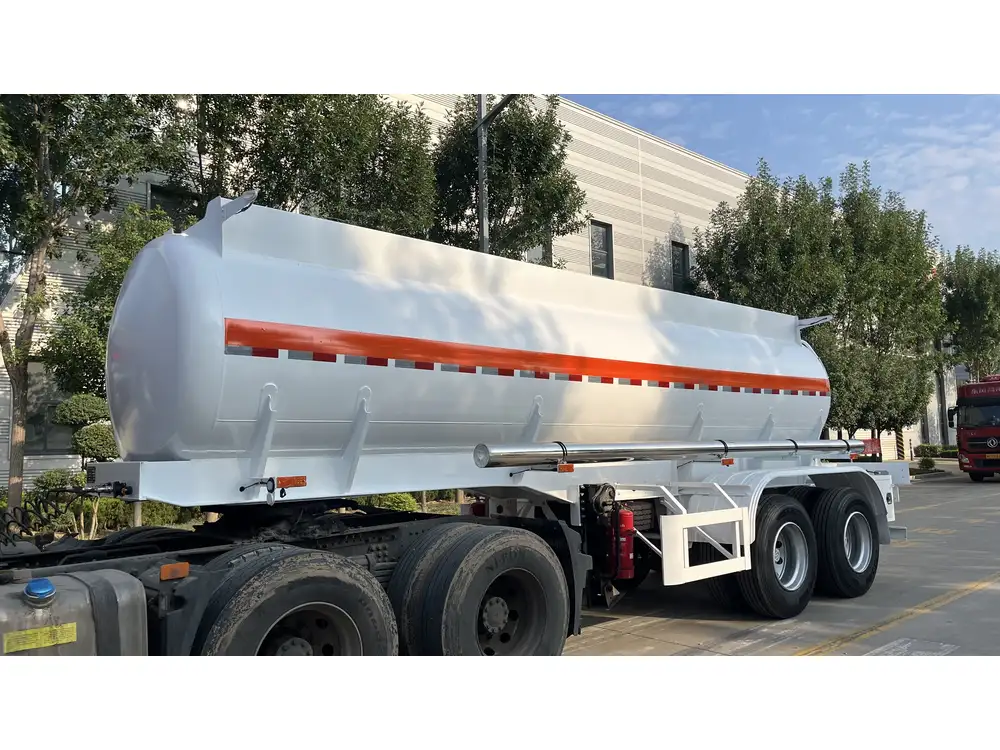
Frequently Asked Questions (FAQs)
How often should I dump my holding tanks?
The frequency depends on tank size, how many people are using the trailer, and the length of your trip. As a rule of thumb, dump every 3-5 days.
Can I dump my tanks at home?
Many municipalities impose restrictions on waste disposal at residential properties. Always check local regulations.
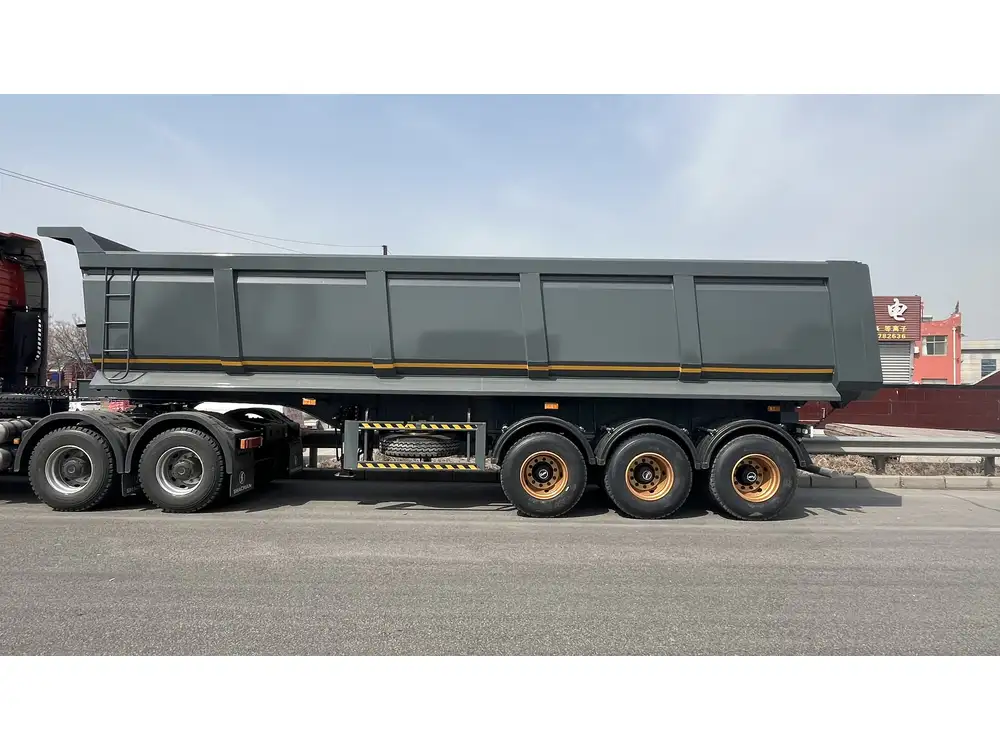
What if my tanks are full and I can’t find a dump station?
If you’re in a bind, look for public restrooms as a potential solution for gray water. However, be cautious and respectful of local ordinances regarding black water disposal.
Are there any eco-friendly options for waste disposal?
Yes, composting toilets, which convert waste into compost, are eco-friendly alternatives for RV owners. Research local regulations before installation and use of these systems.
Conclusion: Mastering the Art of Dumping Holding Tanks
With the right preparation, methods, and tips outlined in this guide, managing your travel trailer’s holding tanks becomes a streamlined process. By prioritizing hygiene, equipment maintenance, and proper disposal practices, you can enjoy your adventures worry-free. Properly dumping holding tanks isn’t just about convenience; it’s a fundamental responsibility of being a conscientious traveler. Embrace the knowledge, equip yourself appropriately, and head out to explore the open roads. Safe travels and happy adventures await!



